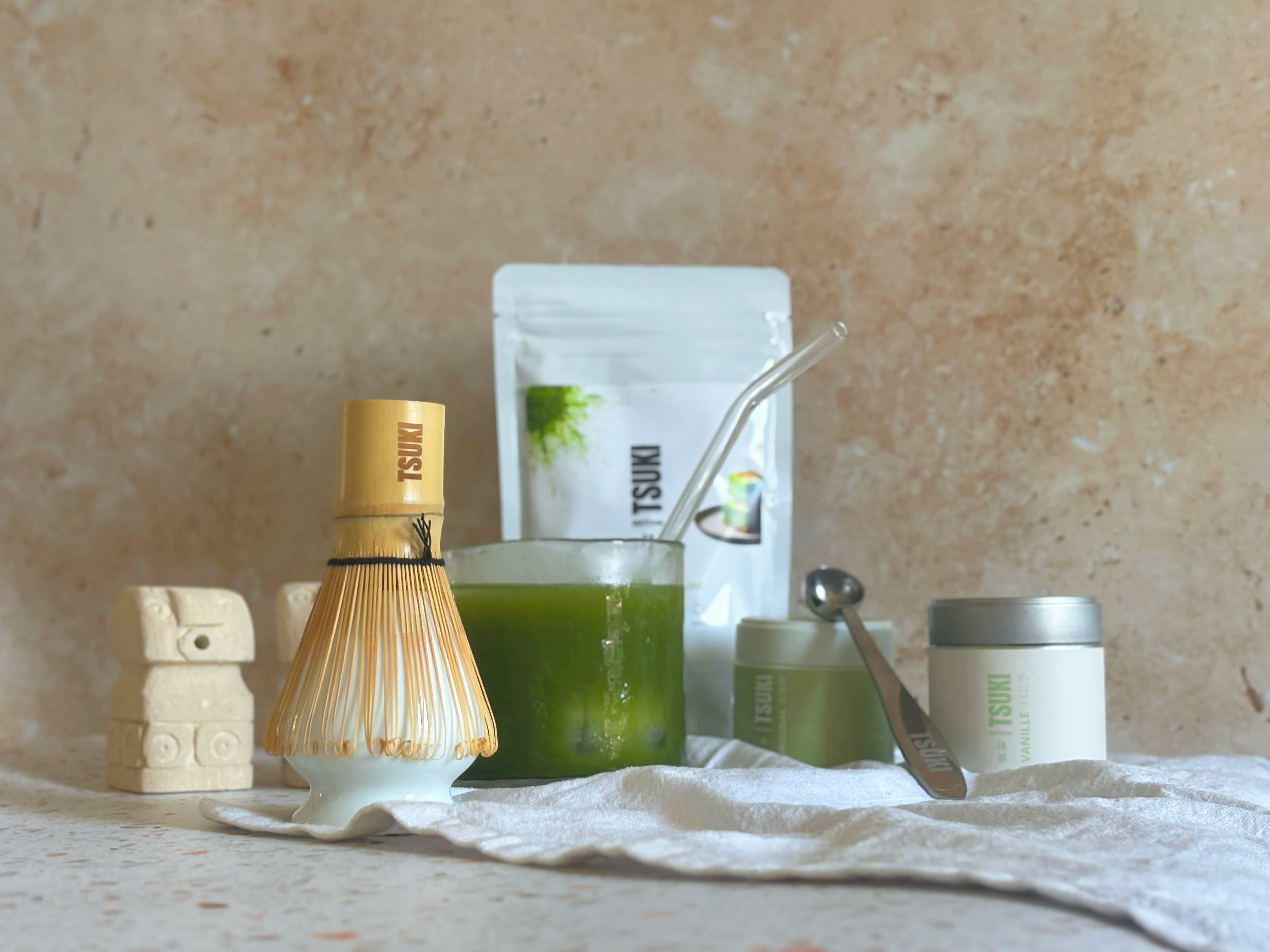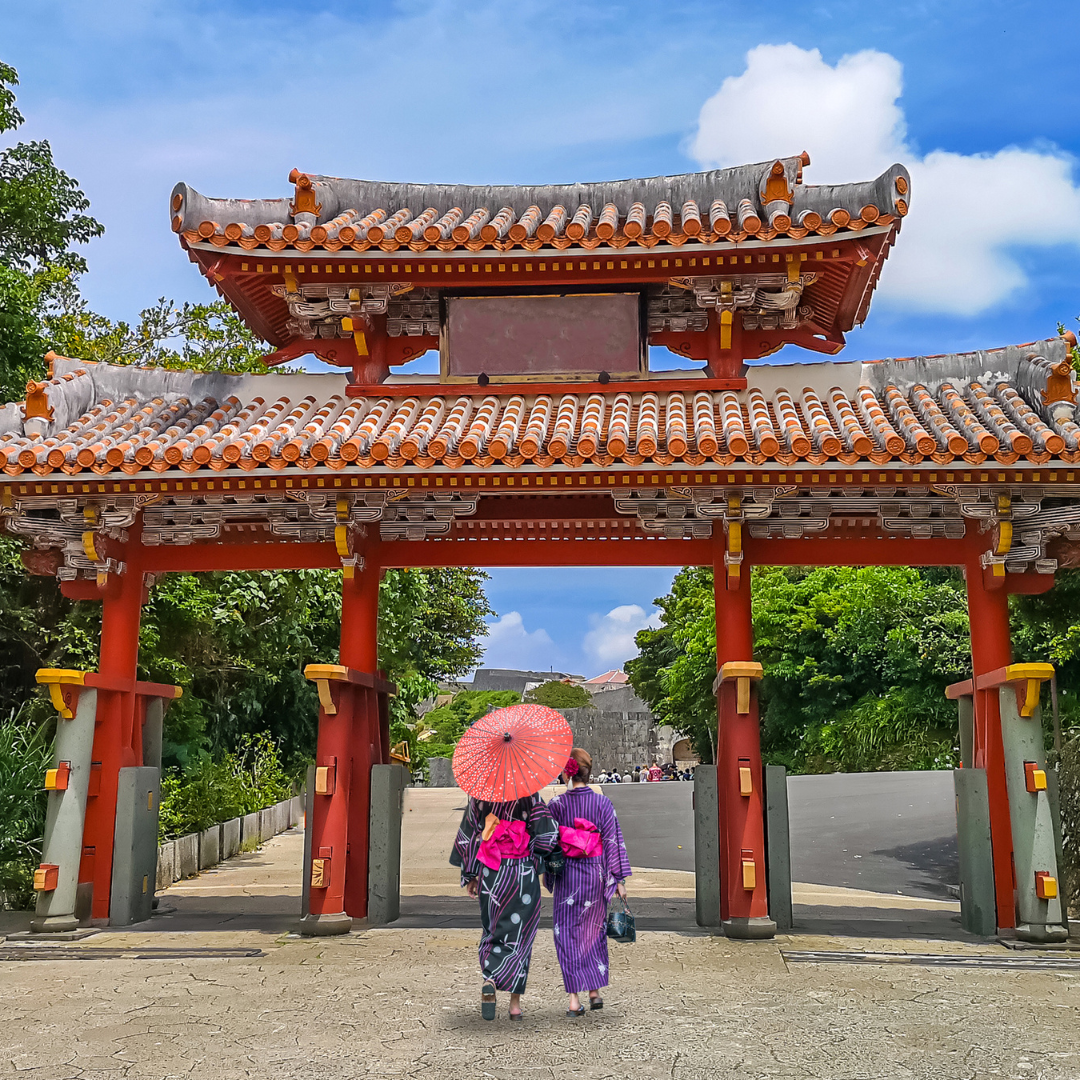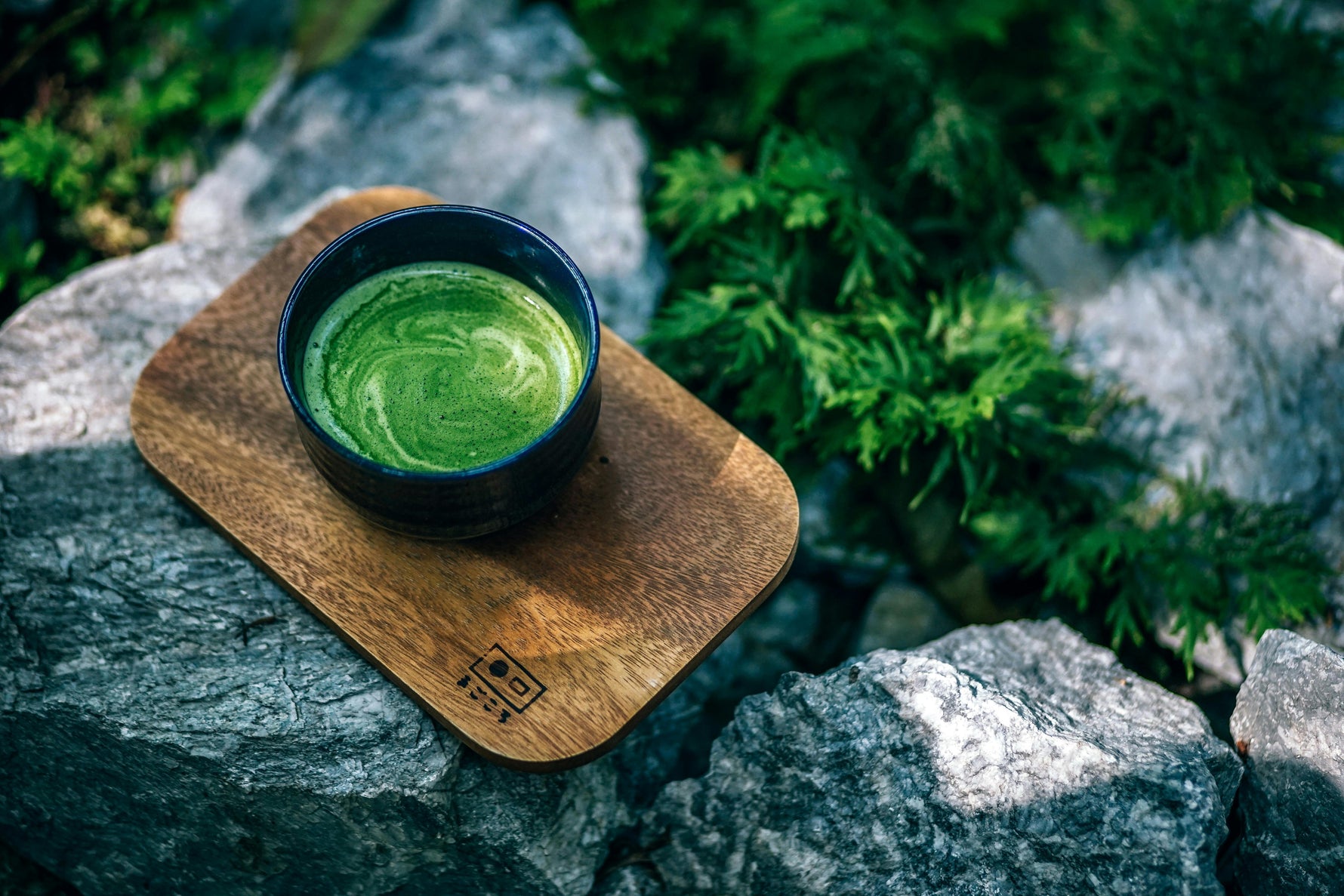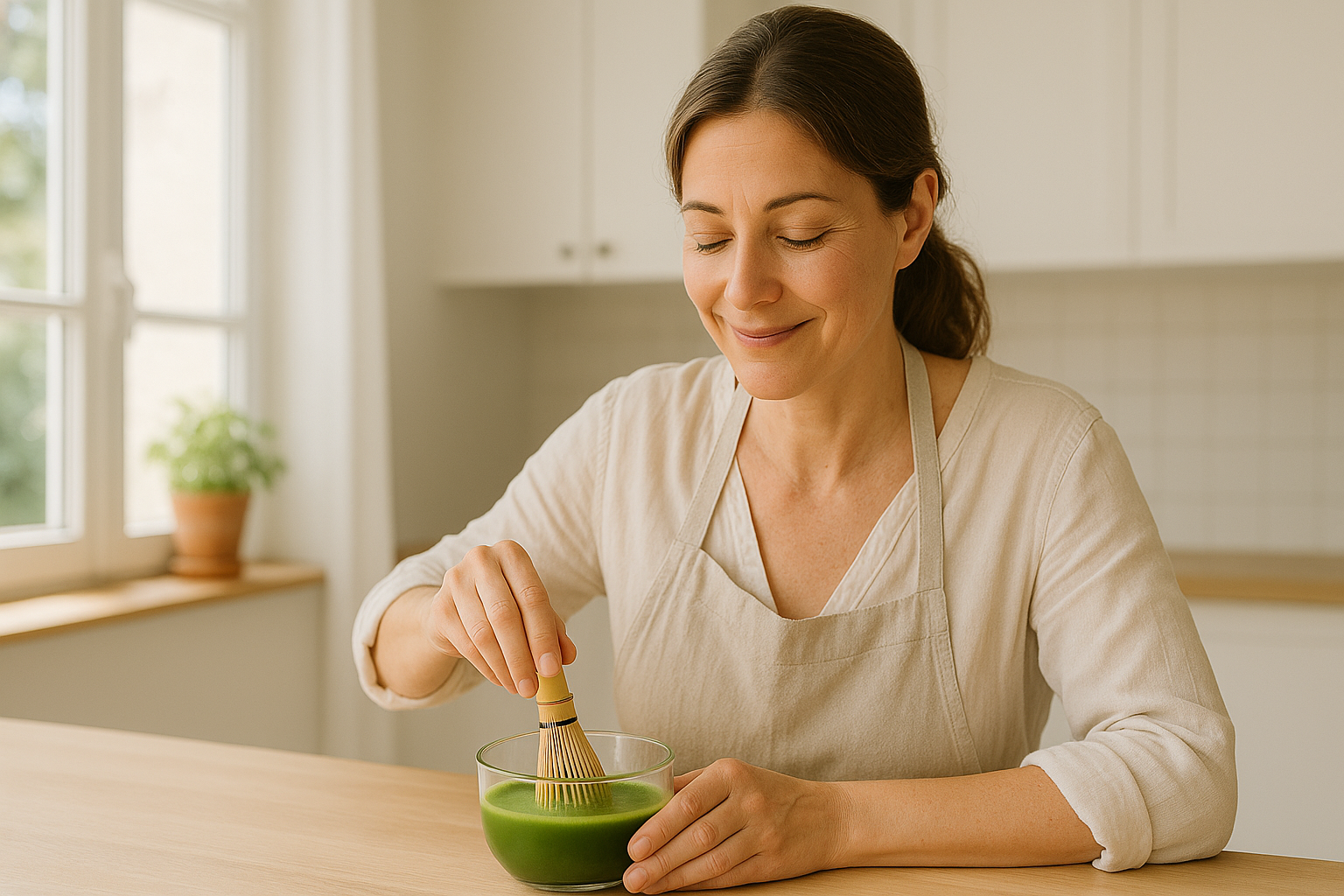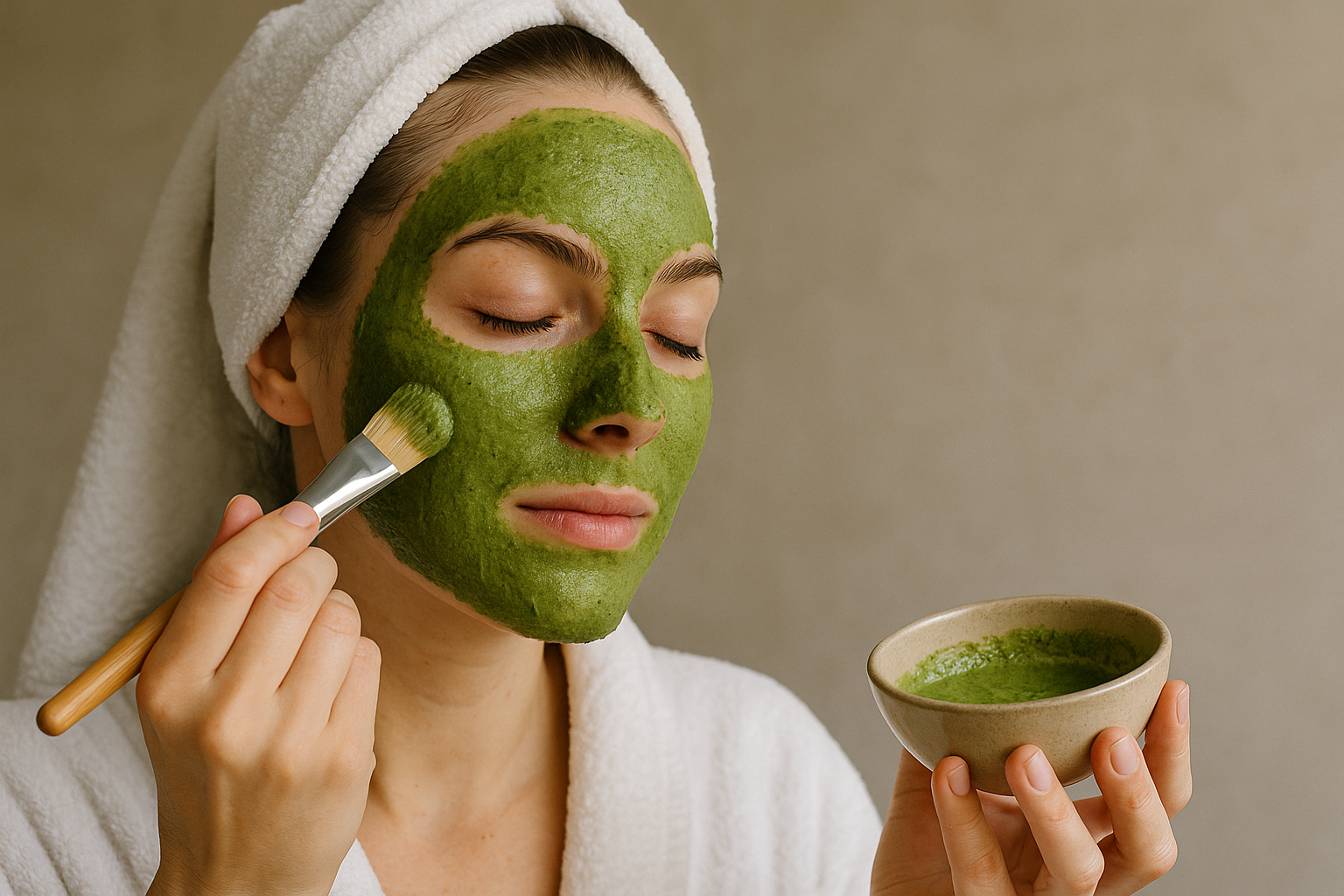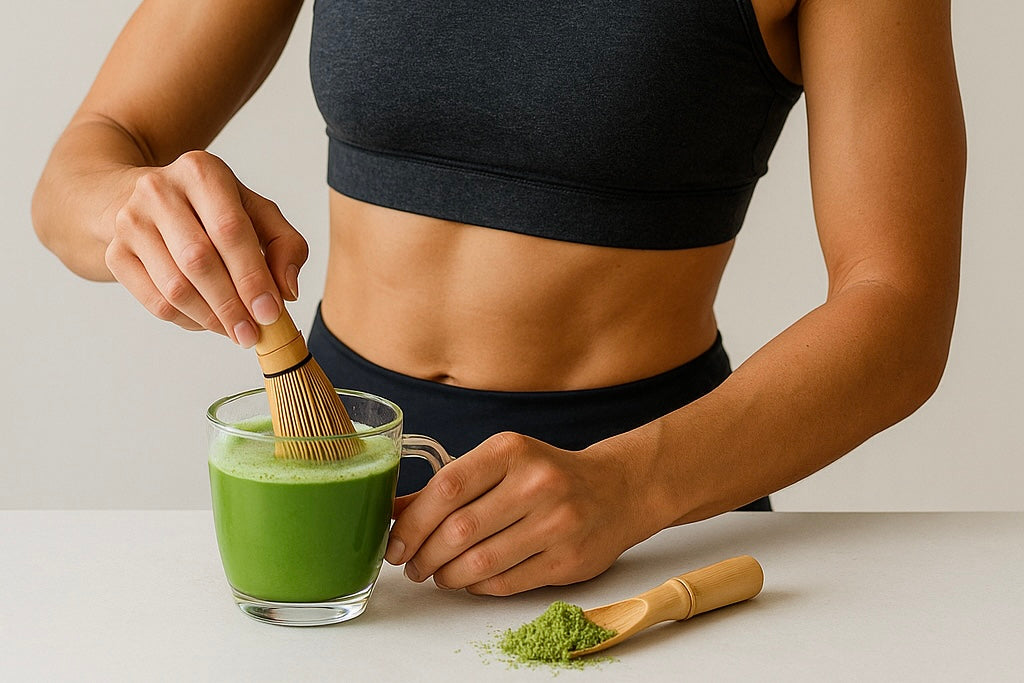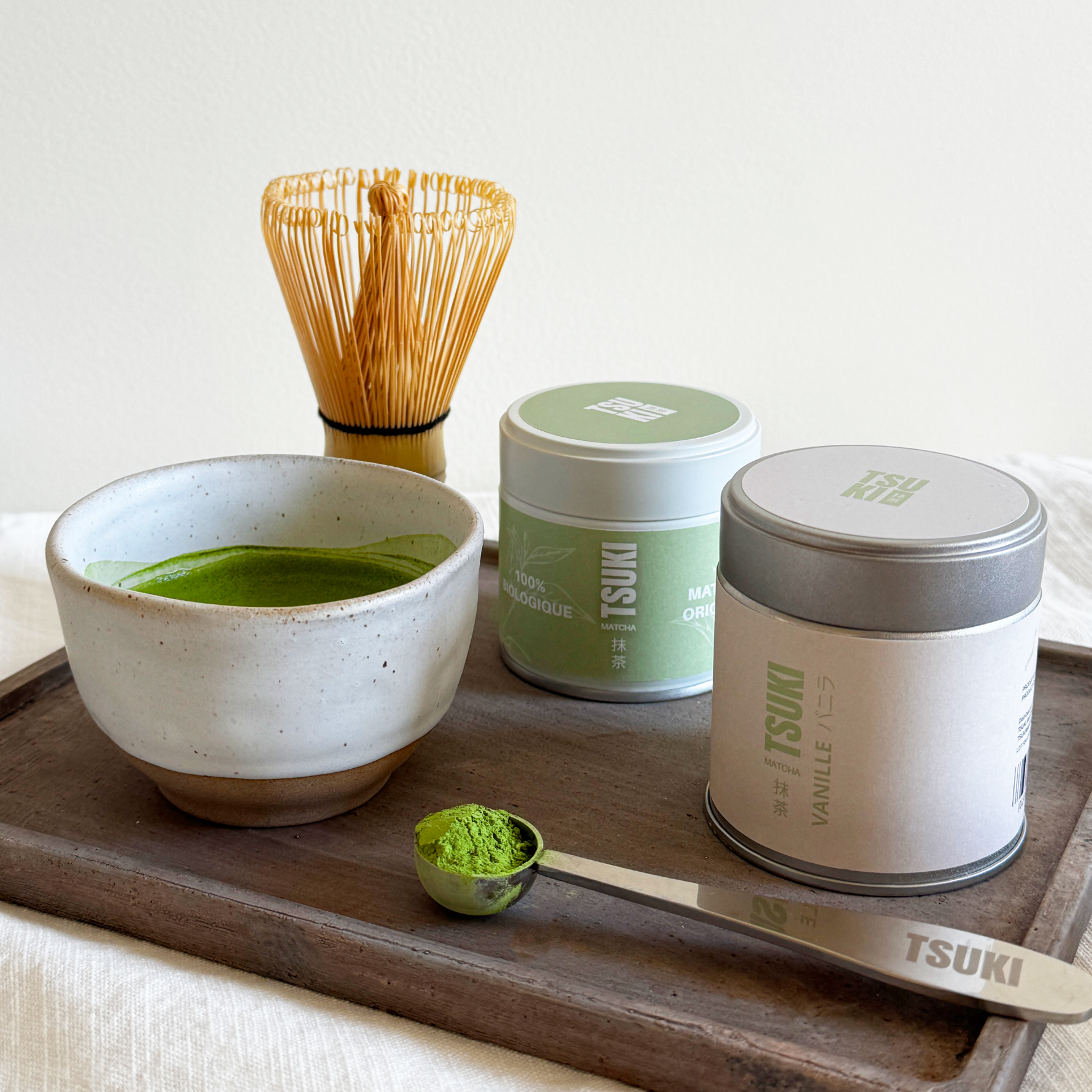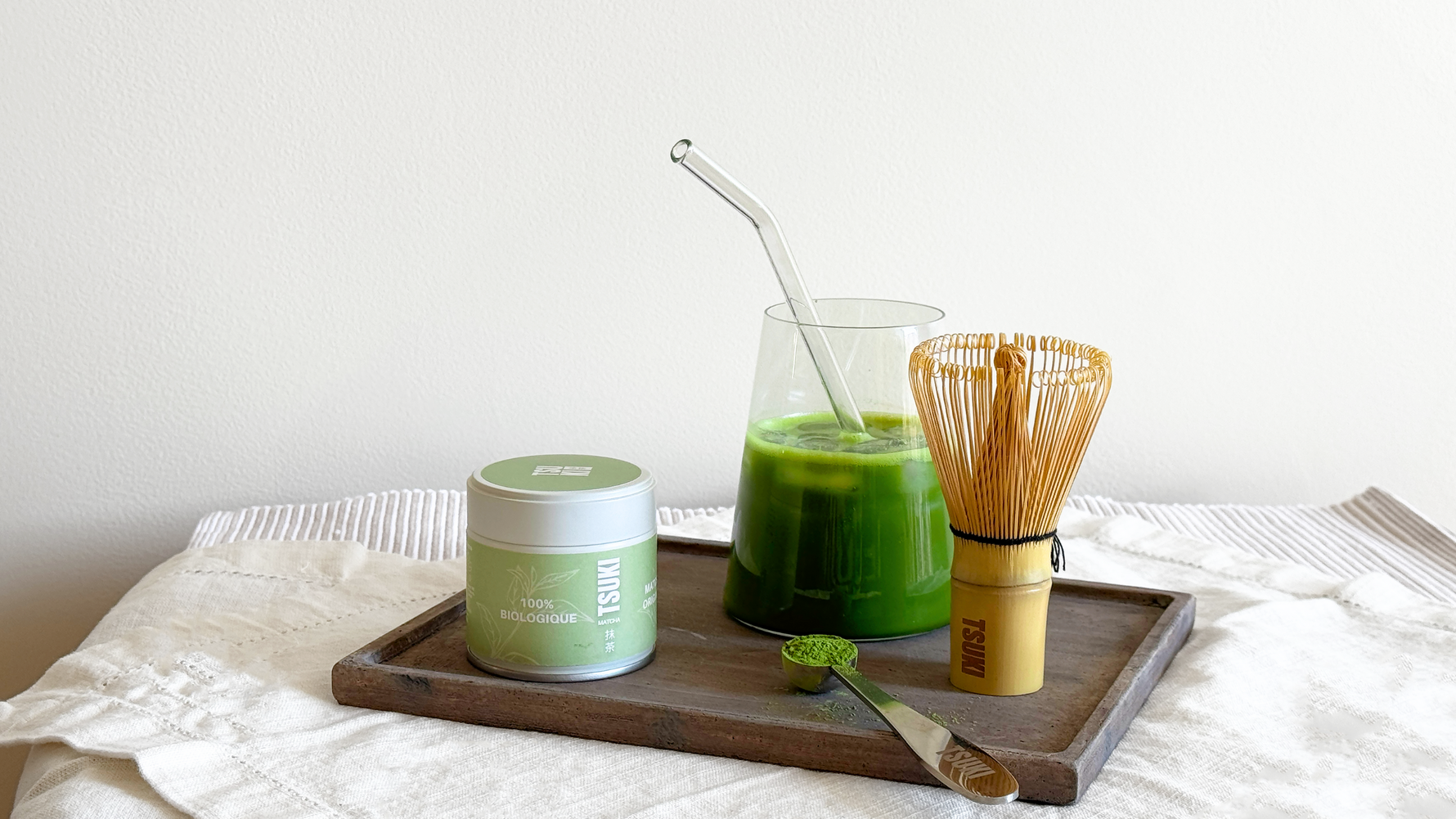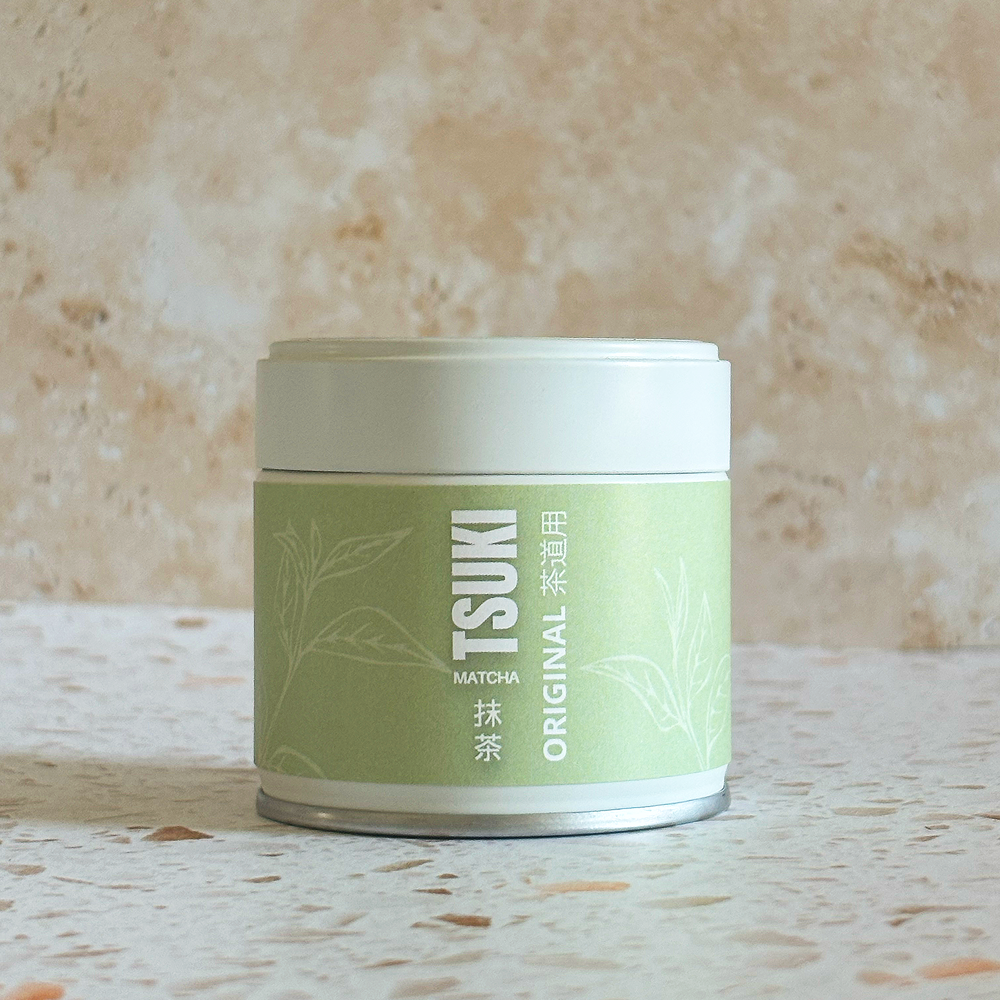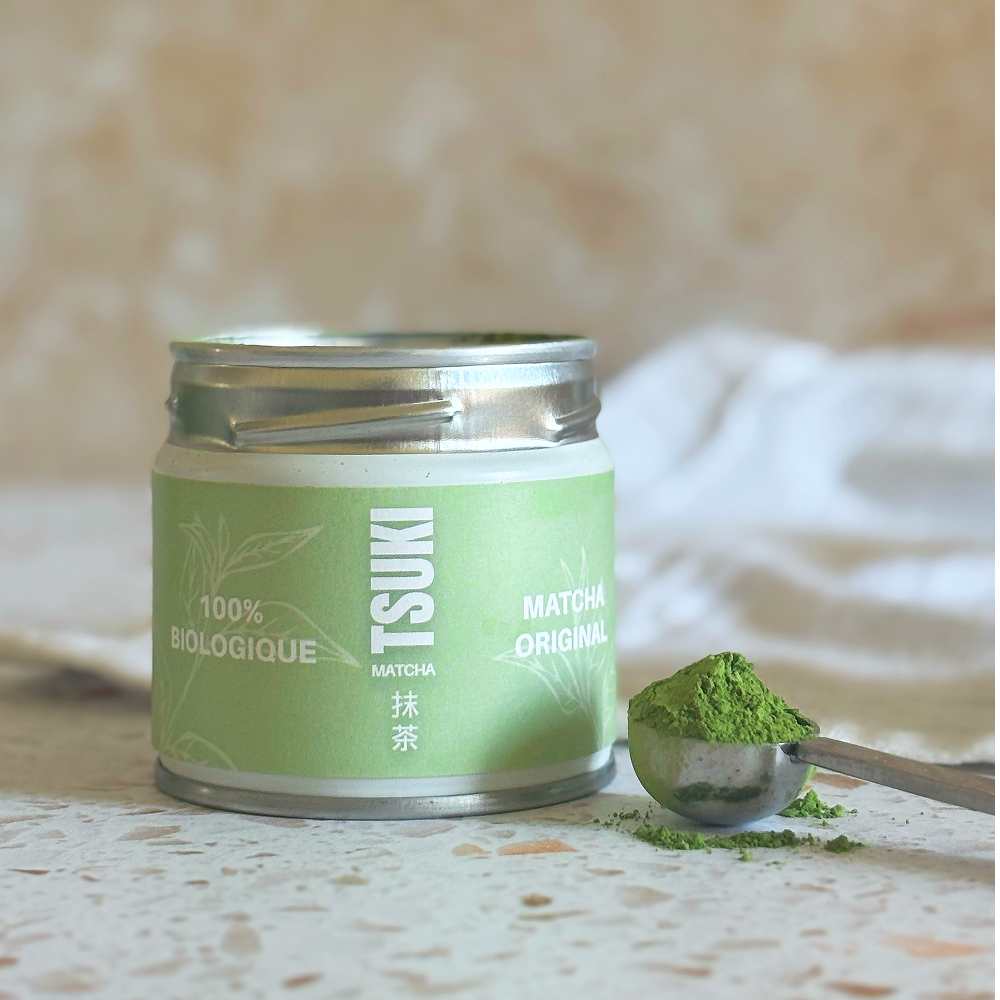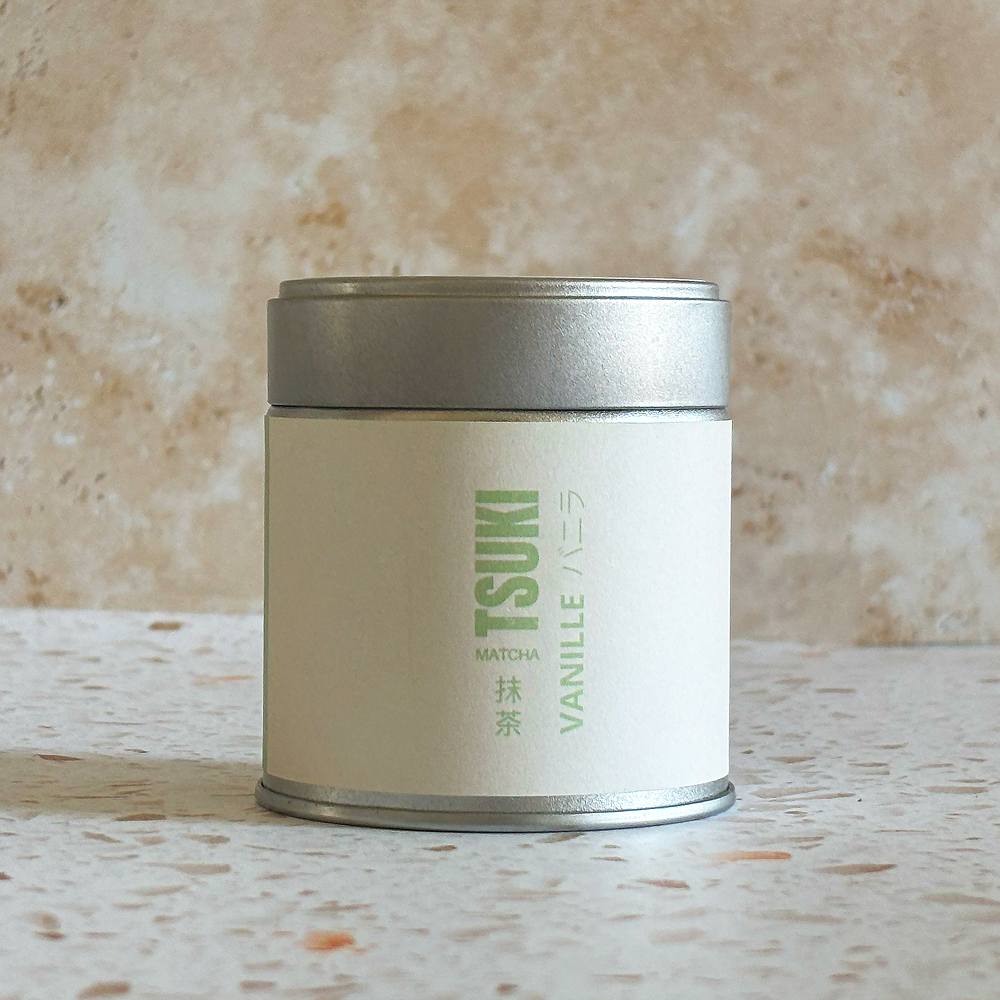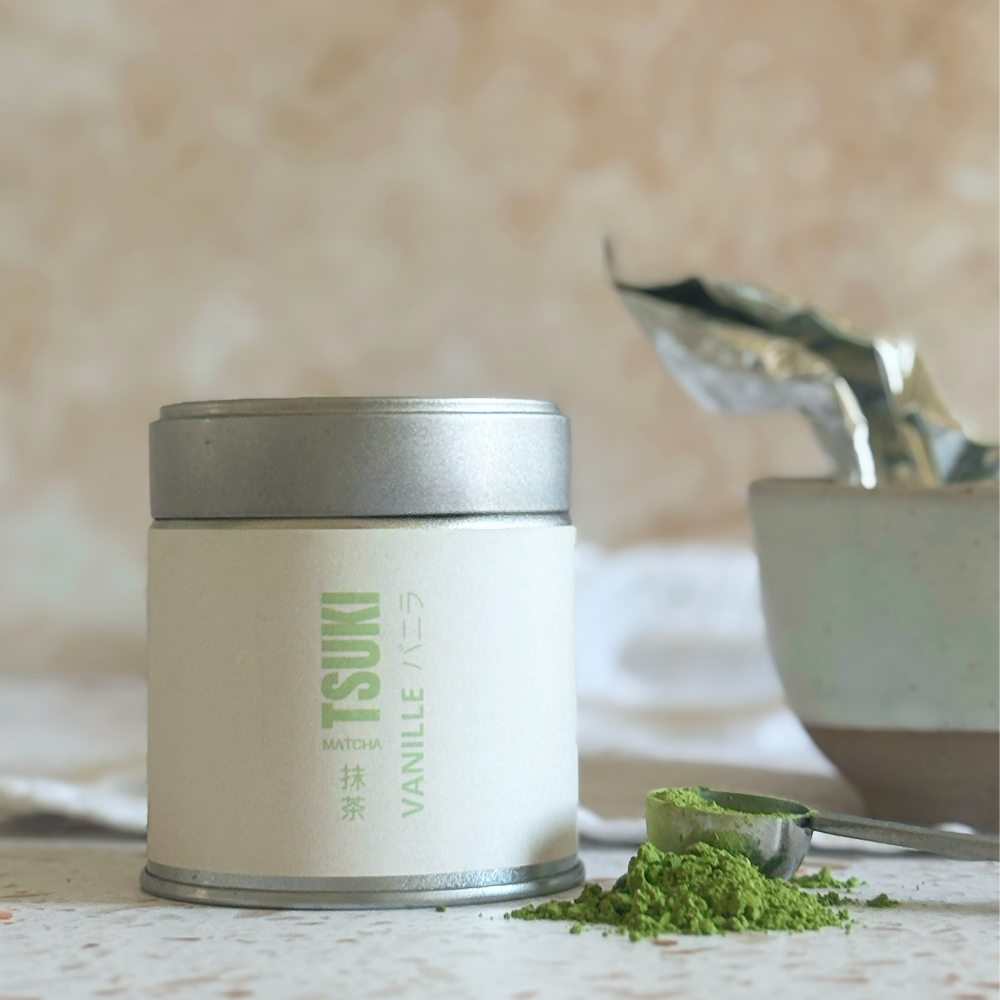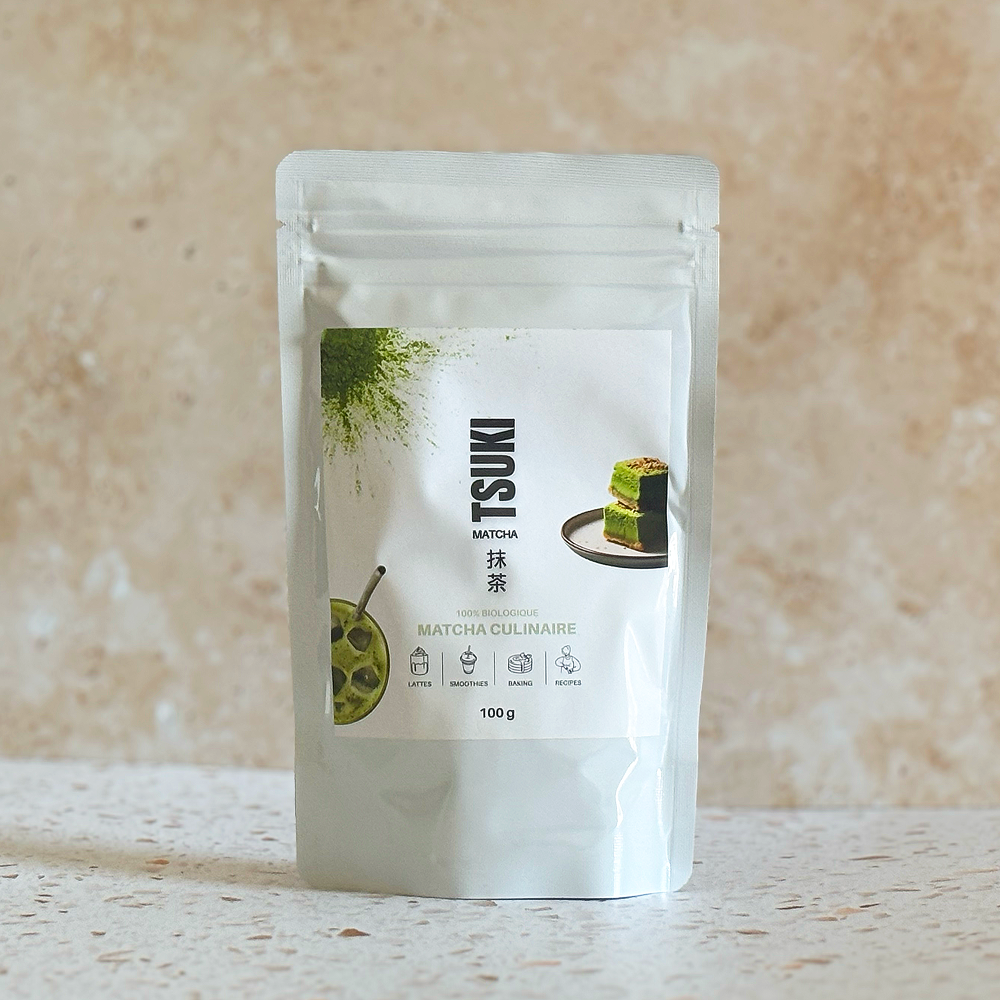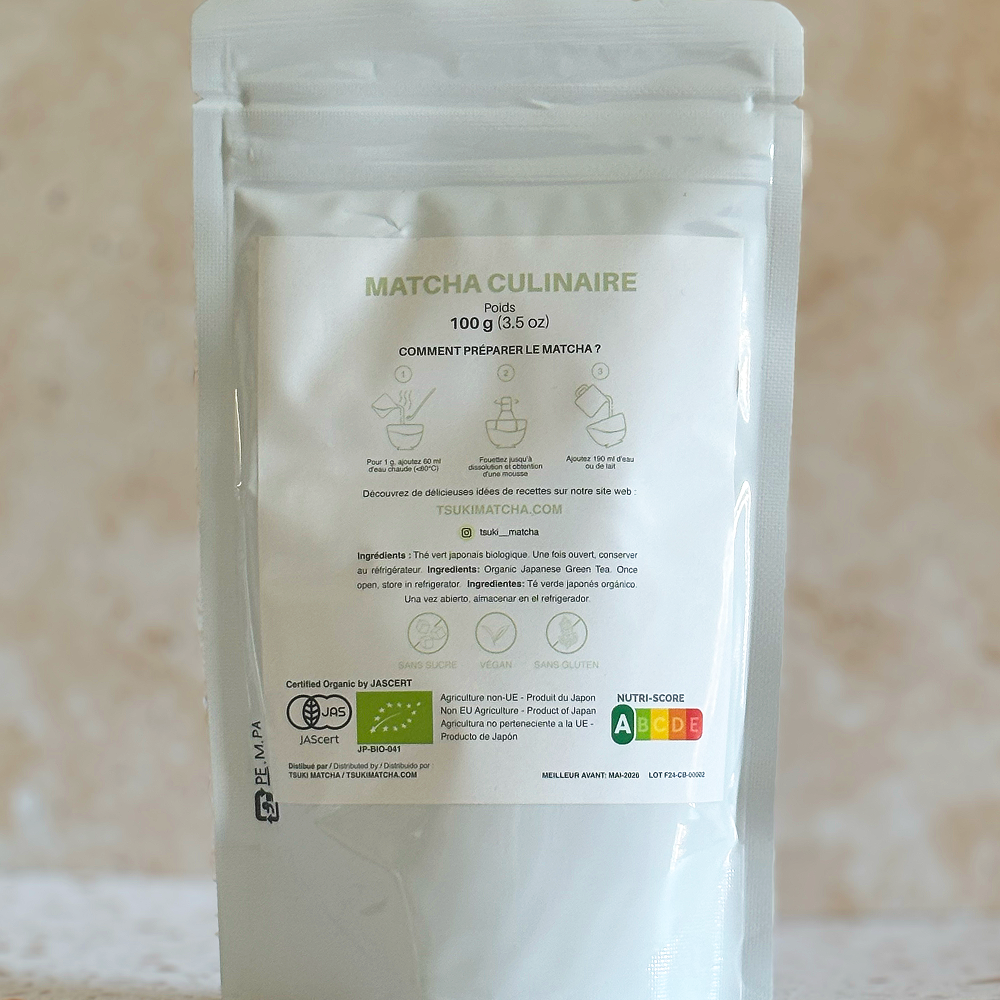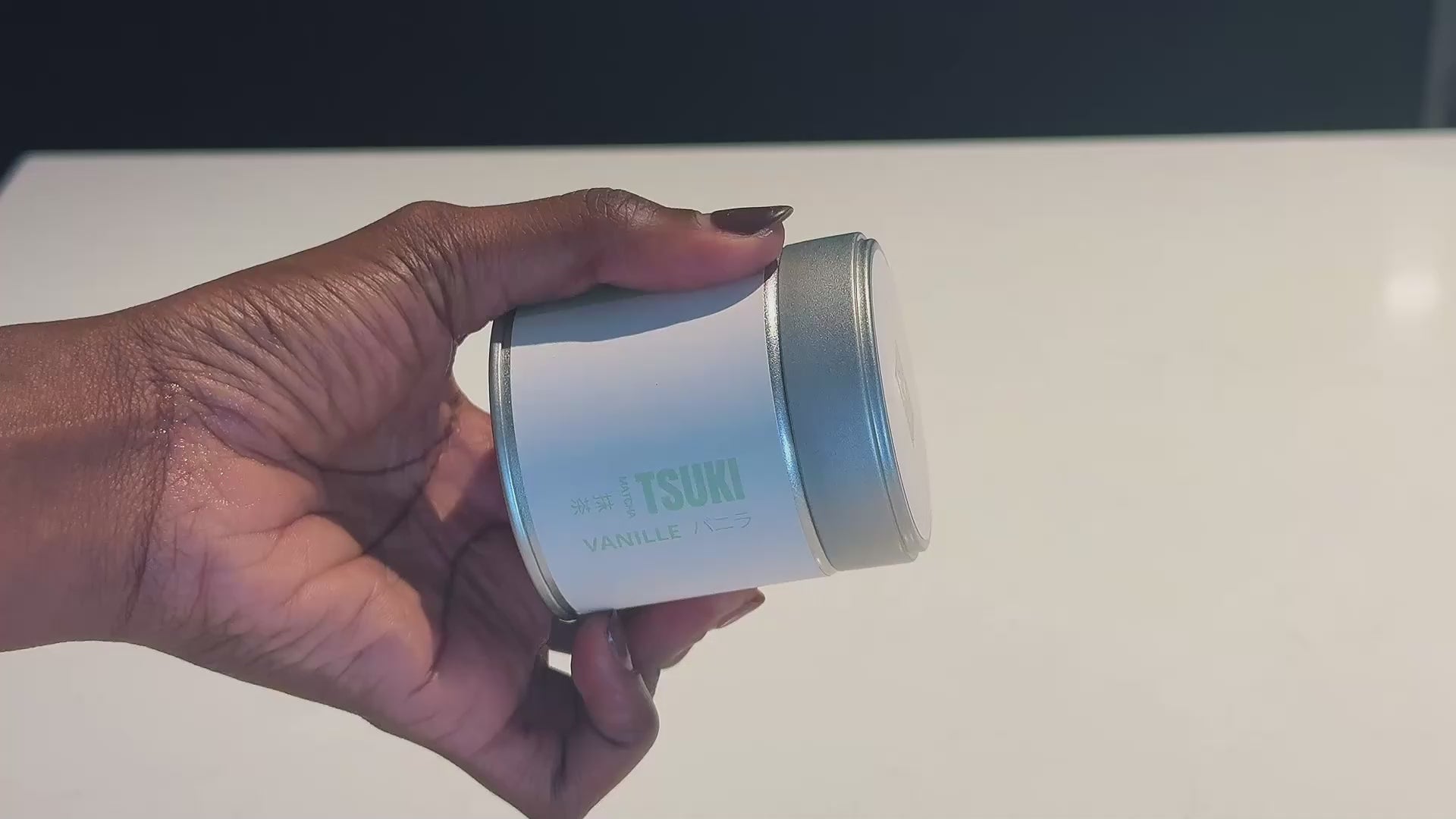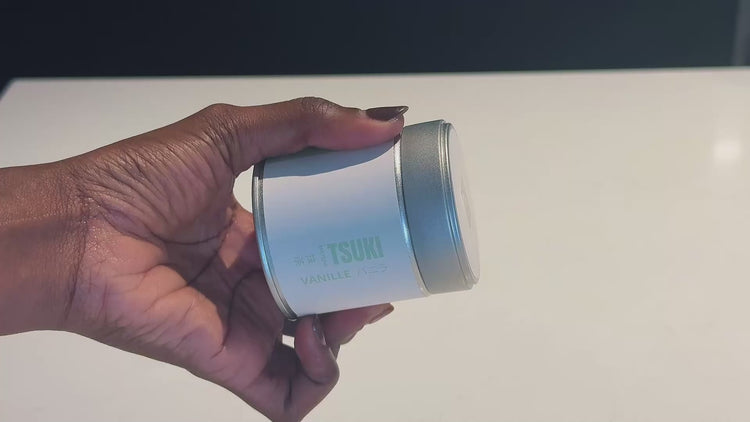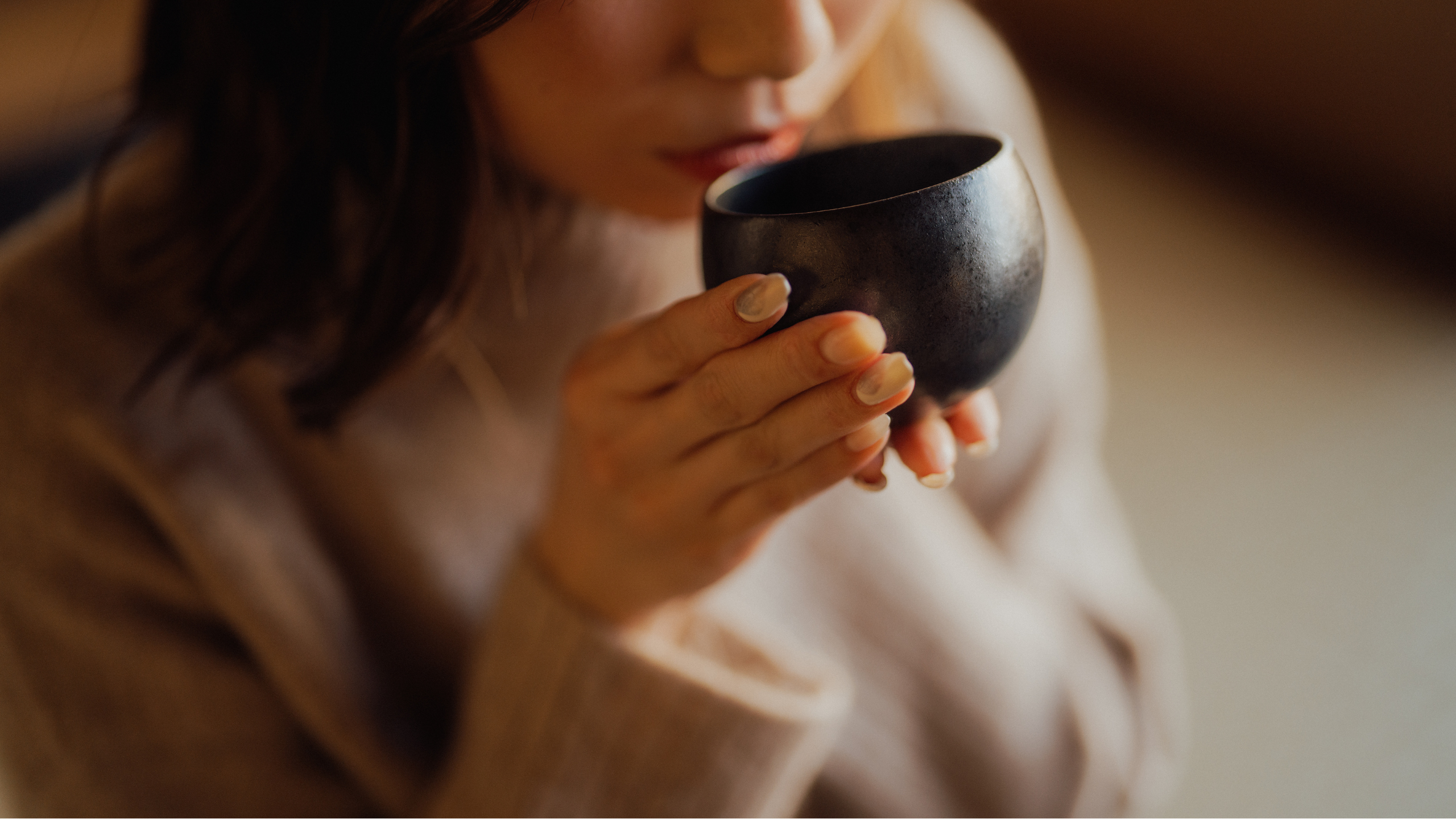
Grade Cérémonial VS Grade Culinaire
Le matcha, cette poudre de thé vert finement moulue, est de plus en plus populaire dans le monde entier, tant pour ses bienfaits pour la santé que pour sa saveur unique. Cependant, tous les matchas ne sont pas créés égaux. Il existe principalement deux grades de matcha : le matcha de grade culinaire et le matcha de grade cérémonial. Comprendre les différences entre ces deux types peut vous aider à choisir le bon matcha selon vos besoins et vos préférences.
Les feuilles de thé utilisées
La première différence majeure entre le matcha de grade culinaire et le matcha de grade cérémonial réside dans les feuilles de thé utilisées pour leur production.
Matcha de Grade Cérémonial
Les feuilles utilisées pour produire le matcha de grade cérémonial sont les plus jeunes et les plus tendres, souvent cueillies à la main. Ces feuilles proviennent généralement de la première récolte, appelée "ichibancha". Elles sont ombragées pendant plusieurs semaines avant la récolte, ce qui augmente leur teneur en chlorophylle et en L-théanine, un acide aminé qui contribue à la saveur douce et umami du matcha. Les veines et les tiges sont retirées pour ne conserver que le meilleur de la feuille, assurant ainsi une texture très fine et une saveur délicate.
Le Matcha Original bio TSUKI est un excellent exemple de matcha cérémonial de haute qualité. Il est fabriqué à partir des jeunes feuilles de la première récolte, offrant une expérience douce et un goût pur.
Matcha de Grade Culinaire
Les feuilles de thé utilisées pour le matcha de grade culinaire proviennent souvent des récoltes ultérieures et peuvent inclure des feuilles plus matures. Ces feuilles contiennent généralement plus de fibres, ce qui peut donner une texture légèrement plus granuleuse. Elles sont également ombragées, mais peuvent être traitées avec moins de soin par rapport aux feuilles destinées au matcha cérémonial. Les veines et les tiges peuvent être partiellement incluses, ce qui influence la texture et la saveur du produit final.
Le Matcha Culinaire bio TSUKI est idéal pour les recettes culinaires. Bien qu'il soit plus robuste et légèrement amer que le matcha cérémonial, il conserve la richesse du goût et est parfait pour les smoothies, pâtisseries et plats salés.
Différence de goût
Le goût est un autre aspect crucial qui distingue le matcha de grade culinaire du matcha de grade cérémonial.
Matcha de Grade Cérémonial
Le matcha de grade cérémonial est réputé pour sa saveur douce, riche et umami. Il n'a presque aucune amertume et possède des notes végétales subtiles et complexes. Cette douceur provient de la forte concentration en L-théanine et en acides aminés, résultant de la méthode de culture et de la qualité des feuilles utilisées. Ce matcha est idéal pour être bu pur, simplement fouetté avec de l'eau chaude.
Le Matcha Original bio TSUKI est un choix parfait pour ceux qui recherchent une expérience douce et délicate, sans amertume. Sa texture fine et son goût raffiné en font un excellent match pour une consommation traditionnelle.
Matcha de Grade Culinaire
Le matcha de grade culinaire a une saveur plus robuste et plus prononcée, avec une légère amertume. Cette saveur plus forte le rend idéal pour être utilisé comme ingrédient dans les recettes de cuisine et de pâtisserie, où il peut se mêler à d'autres ingrédients sans être dominé. Il est parfait pour les smoothies, les glaces, les pâtisseries et les plats salés.
Le Matcha Culinaire bio TSUKI a une saveur forte et pleine, idéale pour vos créations gastronomiques. Il ajoutera une touche unique à vos recettes sucrées et salées.
Différence de Couleur
La couleur du matcha est également un indicateur de son grade.
Matcha de Grade Cérémonial
Le matcha de grade cérémonial présente une couleur vert vif et éclatant. Cette teinte vibrante est le résultat de la haute teneur en chlorophylle, qui est amplifiée par le processus d’ombrage des feuilles avant la récolte. La couleur intense est un signe de la fraîcheur et de la qualité des feuilles utilisées.
Le Matcha Original bio TSUKI arbore une couleur verte éclatante, signe de sa haute qualité. Il est visuellement remarquable et garantit une expérience authentique du matcha.
Matcha de Grade Culinaire
Le matcha de grade culinaire a souvent une couleur verte plus terne, parfois tirant vers le jaune ou le brun. Cette différence de couleur est due à l’utilisation de feuilles plus matures et à une moindre concentration en chlorophylle. Bien que moins éclatant, ce matcha reste précieux pour ses usages culinaires.
Le Matcha Culinaire bio TSUKI présente une couleur verte plus douce, idéale pour les recettes où le goût est plus important que l'aspect visuel.
En conclusion, le choix entre le matcha de grade culinaire et le matcha de grade cérémonial dépend principalement de l'utilisation que vous en ferez. Le matcha de grade cérémonial, avec ses feuilles de haute qualité, sa saveur douce et sa couleur vibrante, est idéal pour la consommation directe et les cérémonies traditionnelles du thé. En revanche, le matcha de grade culinaire, avec son goût plus prononcé et sa couleur moins vive, est parfait pour les créations culinaires, ajoutant une saveur unique à une variété de plats et de boissons.
Chez TSUKI, nous offrons une gamme variée pour répondre à tous vos besoins :
- Le Matcha Original bio TSUKI pour une expérience cérémoniale authentique.
- Le Matcha Culinaire bio TSUKI pour sublimer vos recettes.
- Le Matcha Vanille TSUKI pour une version douce et gourmande de l'expérience matcha.

